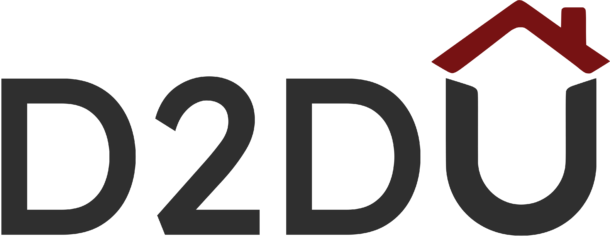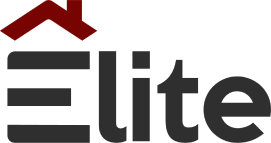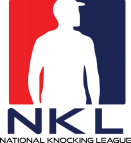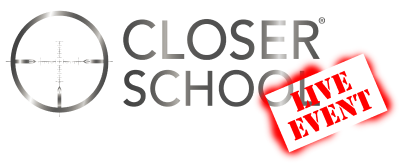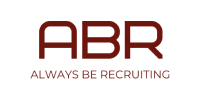If you’re starting your search with the question, “What is the best sales training?” you’re already setting yourself up for disappointment. That question is too simplistic. Focusing only on the name-brand program or the biggest promise overlooks the critical factors that cause most training investments to fail—namely, the lack of reinforcement and alignment with your specific sales strategy.
This guide will show you how to move past the hype, assess what makes a training program genuinely effective, and measure its actual impact on your team’s quota attainment and revenue.
Why asking what is the best sales training is the wrong first question
The complexity of modern sales challenges
Sales today isn’t like it was ten years ago. Buyers operate in a multi-touch, digital-first world, and they are more complex and informed than ever. Training can’t just cover basic closing techniques; it must equip reps for sales enablement and B2B sales strategies. When reps are unprepared, you see pain points like turnover and low win rates.
Why training outcomes often fall short of promises
Too many companies purchase sales workshops or bootcamps that offer a cookie-cutter program. They fail because they lack the necessary follow-up and customization. Learning new skills requires continuous reinforcement and coaching—not a one-time event.
“You can have everything in life you want, if you will just help other people get what they want.” — Zig Ziglar
The hidden costs of ineffective sales training
Lost revenue opportunities
Poorly trained teams lead directly to sales productivity loss. Missed deals happen because reps lack the specialized professional sales skills (like advanced negotiation) to manage complex deals.
Employee disengagement and turnover
Sales reps often quit when they feel underprepared or unsupported. Investing in solid sales coaching programs and professional development is a key strategy for employee retention in sales.
Misalignment with business goals
Training that isn’t explicitly linked to your sales strategy alignment and long-term goals is wasted spend. It creates organizational friction instead of driving enterprise sales performance.
Key takeaways for readers
- The “best” training is customized, not generic.
- Sales training ROI depends on integration and continuous reinforcement.
- Evaluate a program based on its methodology, not just its name.
- Always tie your training to quantifiable sales KPIs like quota attainment.
What makes a sales training program truly effective
Success hinges on its methodology, customization, and commitment to reinforcement.
Evidence-based sales methodologies (SPIN, Challenger, Sandler, MEDDIC)
Truly effective training is built on proven frameworks. Understanding these approaches is essential for sales methodology evaluation:
- SPIN Selling: Focuses on asking specific questions (Situation, Problem, Implication, Need-Payoff).
- Challenger Sales: Trains reps to teach, tailor, and take control of the conversation.
- Sandler Training: Emphasizes disqualifying non-buyers and managing the relationship.
- MEDDIC Methodology: A qualification framework essential for complex enterprise sales.
Customization for industry and role
A program must be adapted. Sales training for medical representatives or a best sales training for tech companies will require highly specialized content and scenarios. Customization ensures relevance.
Integration of coaching and reinforcement
Training alone boosts knowledge; coaching boosts sales performance improvement. Without follow-up sales coaching programs and tools, most new knowledge is lost within weeks. Reinforcement training is crucial for making the learning stick.
Comparing different types of sales training
The delivery format should match the complexity of the material and the learner preference.
| Dimension | Instructor-Led (ILT) | Online/Self-Paced | Blended Learning |
| Pros | High engagement, role-play opportunity | Scalable, lower cost, flexible | Combines best of both, effective reinforcement |
| Cons | High travel cost, time-off-job | Low engagement, easy to abandon | Requires advanced coordination |
| Best For | Complex negotiations, behavioral skills | Foundational knowledge, certifications | Enterprise rollouts, long-term skills mastery |
Soft skills vs technical sales skills training
Soft skills training focuses on empathy, listening, and influencing. Technical sales skills training covers product knowledge, demo execution, and legal compliance. Both are critical: customer engagement training needs soft skills, but product specialists need technical depth.
Individual vs enterprise-level programs
- Individual programs are great for beginner sales training.
- Enterprise sales training requires organizational buy-in and aims for consistent execution across the entire team.
Hire fewer trainers, ship more wins
Build a sales machine that runs without you hovering
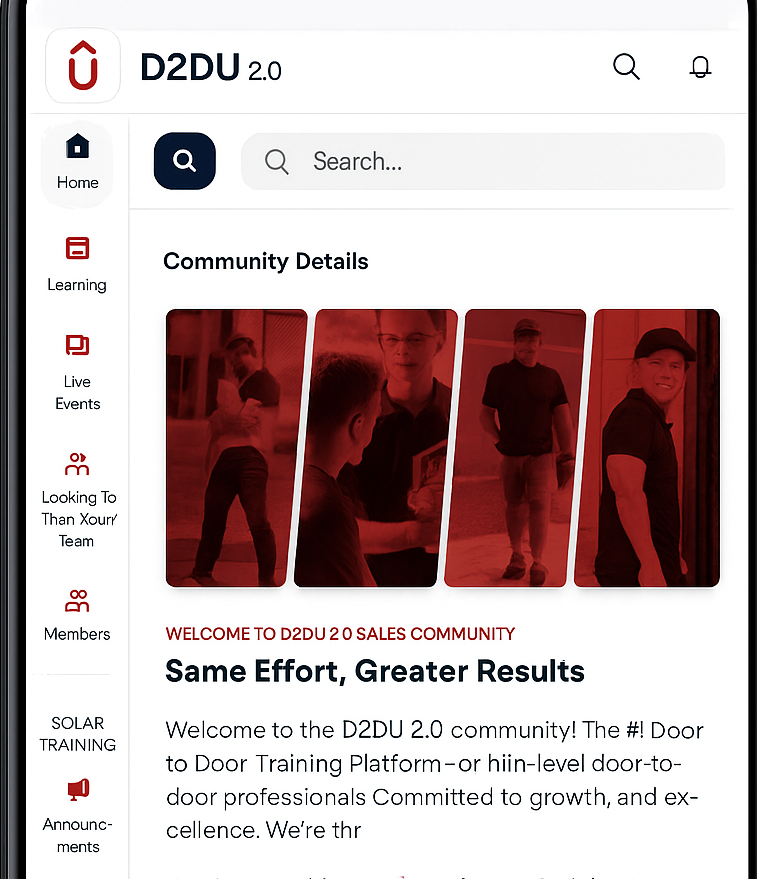
How to measure the real impact of sales training on performance
Measuring ROI of sales training is the ultimate authority check. If you can’t measure the return, you can’t justify the spend.
Key performance indicators (KPIs) that matter
Stop tracking vanity metrics. Focus on these measurable outputs:
- Conversion rates across different pipeline stages.
- Quota attainment and time-to-quota for new hires.
- Customer retention and average deal size.
ROI and cost-benefit analysis in sales enablement
You calculate the return by correlating training activity with KPI uplift. Top organizations often cite sales research (like from McKinsey or Harvard Business Review) to benchmark expected returns.

Case studies from leading organizations
Top-rated sales training companies and enterprise sales teams have public success stories demonstrating proven ROI.
- Real World Scenario: A mid-market SaaS company implemented a customized MEDDIC methodology program. Within six months, their average deal size increased by 15%, directly attributable to better qualification.
How top companies choose the best sales training providers
Leaders don’t guess; they employ strict due diligence before any purchase.
Role of certifications and industry standards
Certifications add credibility. Look for:
- CPSP (Certified Professional Sales Person).
- NASP.
- ATD certification.
Vetting trainers and methodologies
Beyond the big names, ask providers for:
- Evidence of results in your specific industry.
- The exact sales methodology evaluation criteria they use.
- Their plan for reinforcement training.
Success stories from enterprise sales teams
Look for testimonials that quantify results, showing proven ROI on programs.
Steps to choose the best sales training for your team
Define goals before shopping for training
Stop browsing vendor websites. Start by aligning with your sales strategy alignment and strategy. Which specific KPI are you trying to improve: quota attainment or customer retention?
Compare providers with evaluation frameworks
Create a checklist for comparing vendors that covers: methodology fit, cost structure, delivery format (online vs blended), and customization.
Pilot programs and feedback loops
Always test before you scale. Run a sales pilot program with a small, high-potential group. Use feedback surveys to assess engagement and perceived value before rolling it out organization-wide.
Things To Consider: Training must tie into the existing CRM/tech stack to ensure adoption. Ensure the training team can provide ongoing coaching support, not just the initial content.
Making your sales training investment count
Continuous learning culture
Learning is not a destination; it’s a culture. Foster ongoing sales enablement through weekly coaching sessions and peer-to-peer knowledge sharing.
Aligning training with long-term strategy
Sales training strategy alignment means that every module supports the long-term enterprise sales performance goals. Update your curriculum when industry shifts require it—typically every 12–18 months.
Next steps for leaders and decision-makers
Start by auditing your current training gaps against your target KPIs. Use the evaluation frameworks above to initiate a sales pilot program. Make a data-driven decision-making in sales training choice.
Bonus Point: Implement feedback surveys immediately after training and again 90 days later to measure skill application, not just satisfaction.
Disclaimer: Sales performance results are highly variable. Any calculation of ROI of sales training must be customized to your company’s baseline performance, industry, and sales cycle length.
Relevant FAQs
What is the best sales training method for beginners?
The best method for beginners is blended learning, combining affordable, foundational online sales training courses with structured coaching for hands-on practice.
How do companies measure ROI from sales training programs?
Companies measure ROI by correlating training spend with key financial metrics like conversion rates, speed-to-quota, and overall sales performance improvement.
Which sales training methodologies are proven to increase close rates?
Methodologies proven to increase close rates include SPIN selling, Challenger sales, and Sandler Training, as they focus on structured discovery and qualification.
What certifications add credibility to sales professionals?
Certifications that add credibility include CPSP (Certified Professional Sales Person), NASP, and ATD certification.
How does online sales training compare with in person programs?
Online sales training courses offer scale and flexibility, while instructor-led training (ILT) provides deeper engagement and crucial role-play for complex skills.
What role does coaching play after formal sales training?
Coaching is the primary driver of skill adoption and application, providing the reinforcement training necessary to make the initial learning investment stick.
How often should companies update their sales training curriculum?
Companies should refresh their sales training curriculum when industry shifts or new products require it, typically every 12–18 months





